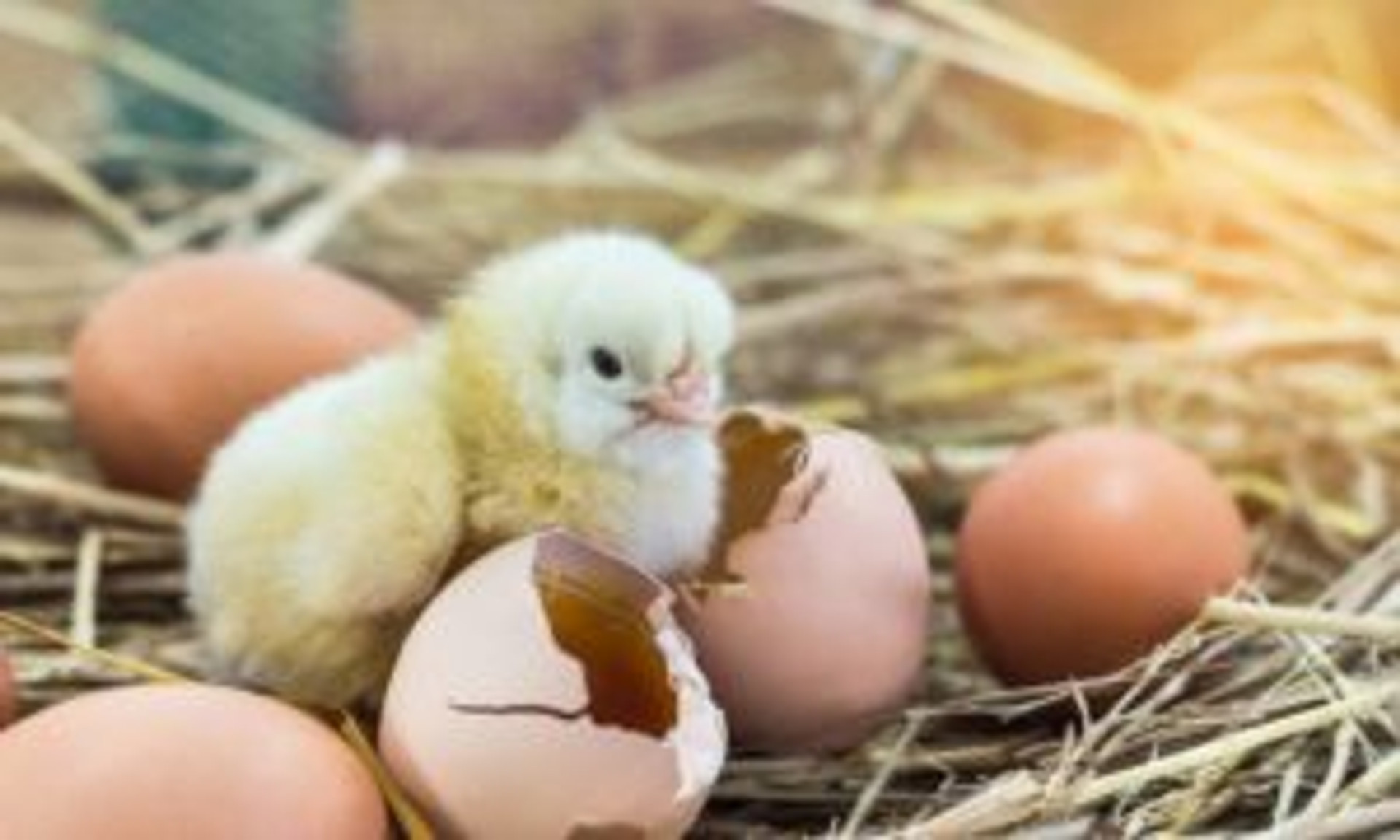Safe Handling Techniques for Baby Chicks
Like any baby animal, chicks are as fragile as they are adorable. Getting new chicks for your flock is always exciting, but mishandling them can lead to injury or disease—for both you and the chicks. That’s why it’s important to be safe and gentle when you’re taking care of your new chicks. Here are some safe handling techniques for baby chicks you and your family should practice.
KEEP IT CLEAN
Sanitation plays a huge role in the safe handling of your chicks. Even healthy, clean-looking birds might be carrying salmonella. Wash your hands before and after handling the chicks, and don’t touch your eyes or mouth in between. It’s also important to clean the brooder regularly. Clean out your chicken watering system and feeder every day, and replace the bedding often to make sure the brooder is always clean and dry. This will keep your chicks safe and happy.
TAKE IT SLOW
It’s important to give your chicks time to adjust to their new home, especially for their first few days. Don’t pick them up for the first day or two. Instead, sit near the brooder and talk to them in a soft voice so that they can get used to your presence. After a couple of days, you can initiate contact by letting the chicks eat feed from your hand. Keep your movements slow and gentle as they walk around and over your hand. After a few more days, once they’re comfortable, you can hold and handle them at will.
BE GENTLE
Gentleness is a key aspect in the safe handling techniques for baby chicks. Cradle the chicks in your hands, and be sure to cover their backs so that they don’t move around in or fall out of your hand. Try not to take more than one chick out of the brooder at a time, and don’t keep it out for more than a few minutes. Chicks need warm temperatures and a lot of sleep, so too much time out of the brooder risks chilling them or causing other health issues.
Raising your own chicks can be extremely rewarding—not to mention a lot of fun—and baby chicks are an attraction for people of all ages. If you keep a clean brooder and socialize your chicks properly, they’re sure to grow into a healthy, happy flock of chickens.

